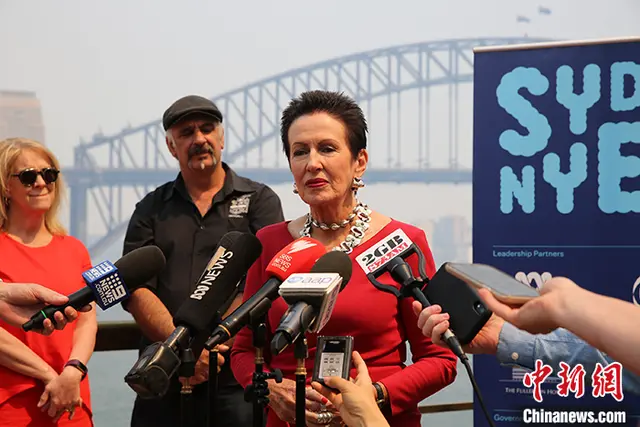The World Trade Organization (WTO) on Monday raised its forecast for global trade growth in 2014 to 4.7 percent, from its previous prediction of 4.5 percent.
The predicted growth is more than double the rate of 2.1 percent in 2013 but remains below the 20-year average of 5.3 percent and well below the pre-crisis trend of 6 percent (1990-2008), said WTO in a report.
The 2014 global trade forecast was based on an assumed 3 percent growth in world gross domestic production (GDP) at market exchange rates, said the watchdog of international trade.
In the report, WTO saw the world economy in 2014 as mixed, with downside risks and significant upside potentials coexisting.
It explained that on one hand leading economies remain fragile, including some of the most dynamic developing countries that until recently were propping up global demand.
Meanwhile, developing economies have slowed greatly due to both internal and external reasons, partially referring to the potential effect of the winding down of U.S. quantitative easing (QE).
On the other hand, the U.S. economy seems to be gaining momentum and the European Union appears to have turned a corner, which would have positive implications, WTO noted.
The report predicted exports of developed economies to grow at 3.6 percent in 2013 while that of developing countries (including the Commonwealth of Independent States, CIS) to be 6.4 percent.
Imports by developed economies were expected to grow at 3.4 percent, while by developing countries (including CIS) at 6.3 percent.
For the very first time, this year's report also detailed the trade outlook for 2014 in regional forecasts.
According to the report, Asia was expected to lead export growth in 2014 at a rate of 6.9 percent, followed by North America (4.6 percent), South and Central America (4.4 percent), Europe (3.3 percent) and other regions that comprise of Africa, the Middle East and the CIS (3.1 percent).
On the import side, Asia would take first place with a growth of 6.4 percent, followed by other regions (5.8 percent), South and Central America (4.1 percent), North America (3.9 percent) and Europe (3.2 percent).
The report said China, with its large economy, would drive strong import growth in Asia.
As for 2013, the WTO said the global economic performance was weak due to several factors including the lingering impact of EU recession, high unemployment in euro area economies and uncertainty about the timing of the U.S. easing of its monetary stimulus.
WTO economists noted that the tapering of QE in the U.S. led to financial volatility in developing economies in the second half of 2013. The pinch was particularly felt in certain emerging economies with large current account imbalances, such as in India for example, which has experienced marked depreciation of its currency, the rupee, between April and September last year.
In 2013, the developed countries witnessed sluggish growth of 1.5 percent in terms of exports, while the figure of developing countries (including CIS) was 3.3 percent. As for imports, developed countries experienced a decline of 0.2 percent and developing countries (including CIS) grew by 4.4 percent.
 简体中文
简体中文

